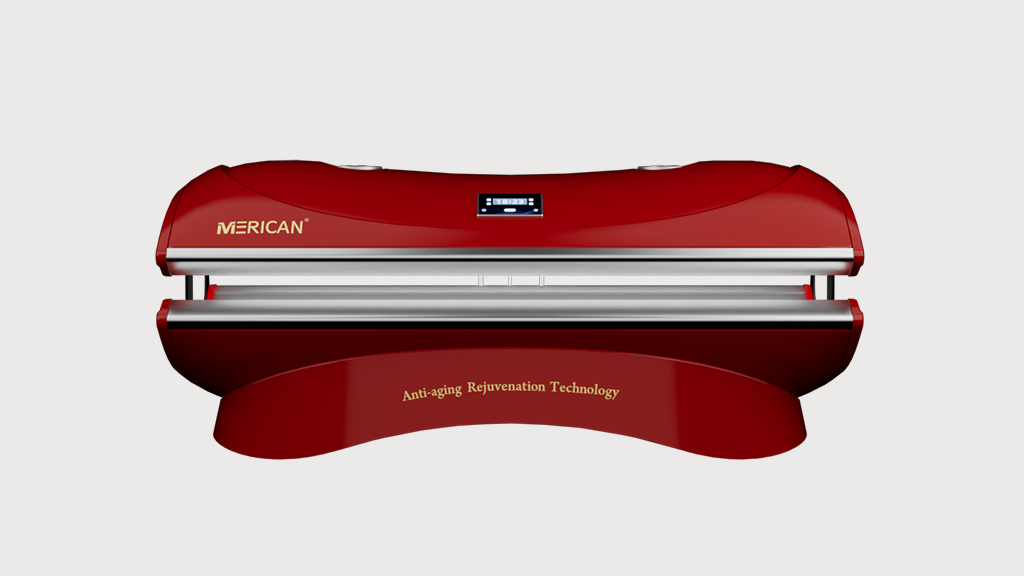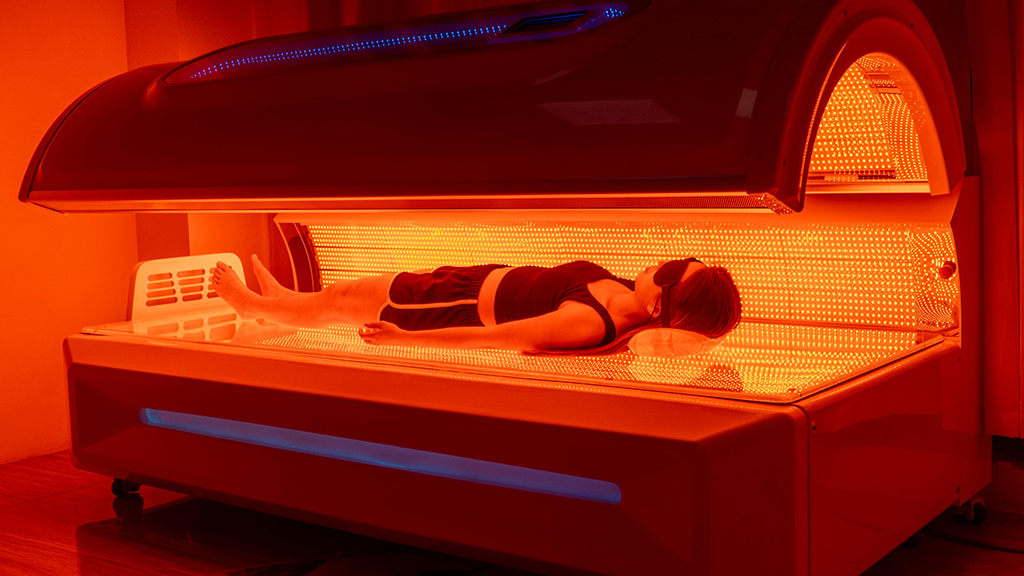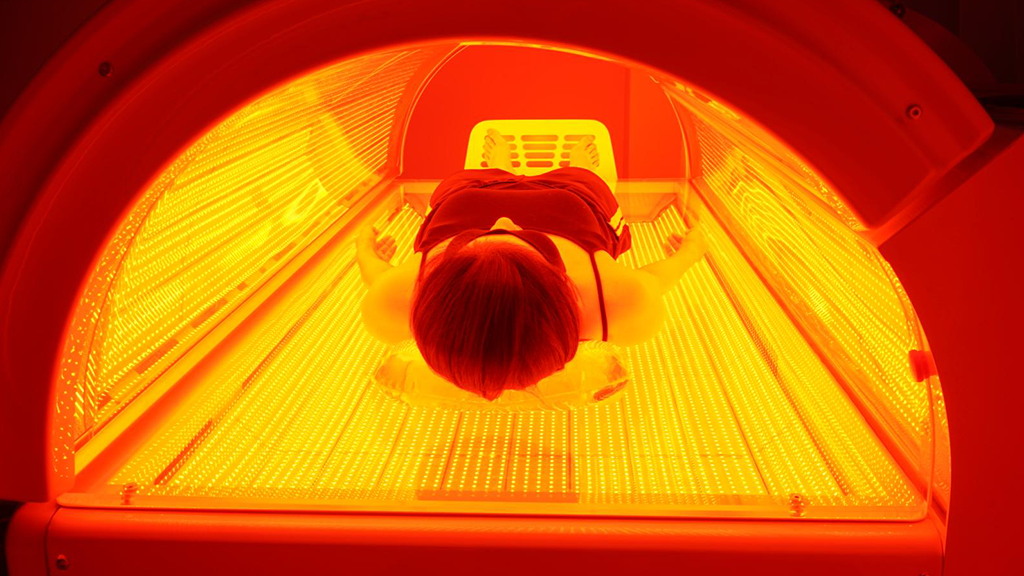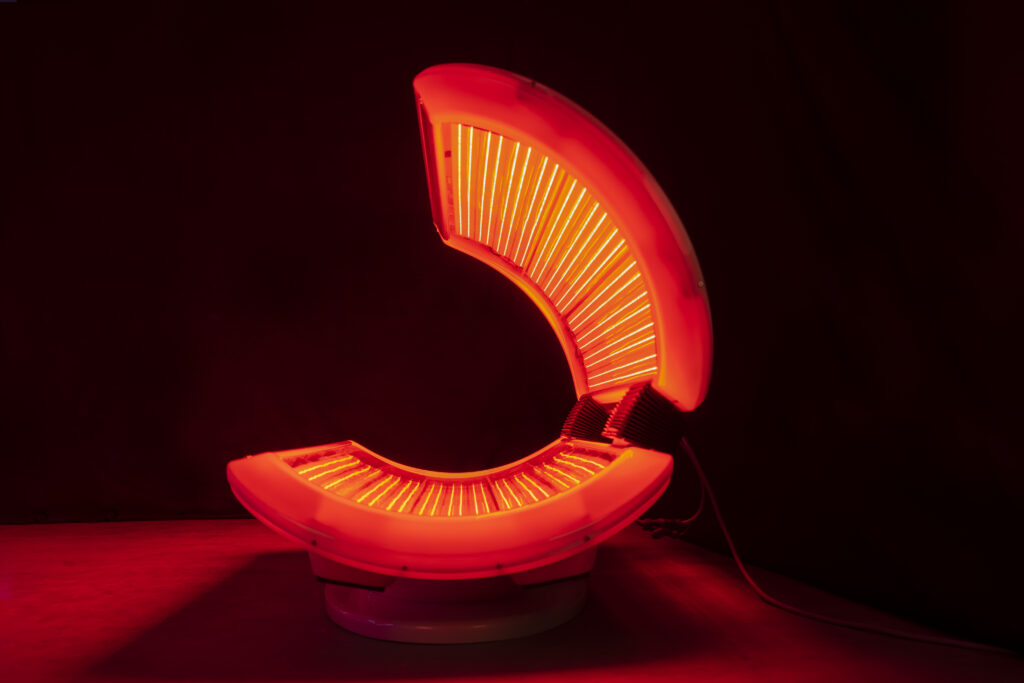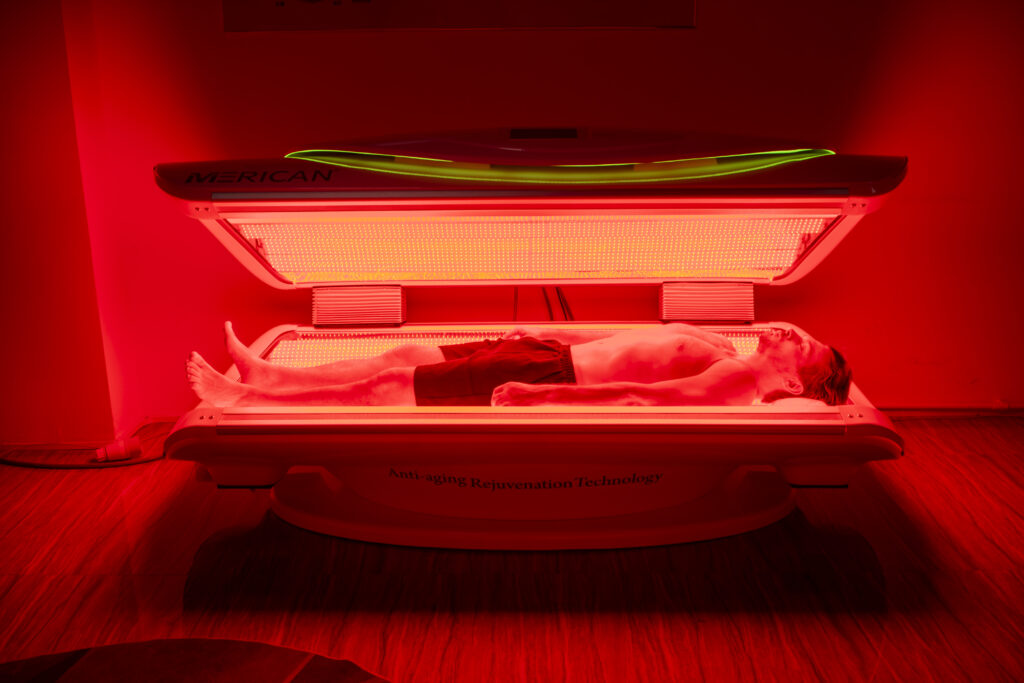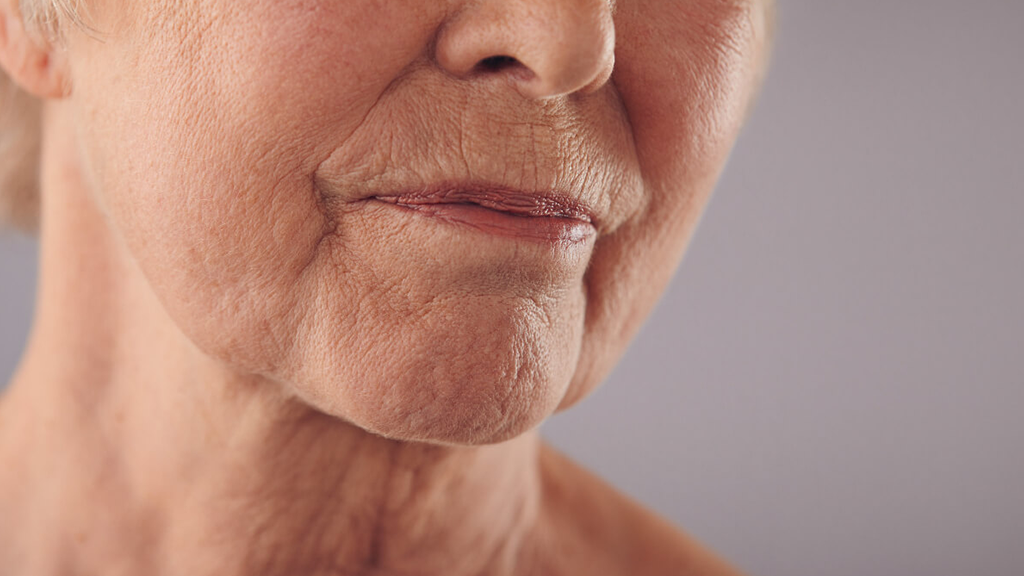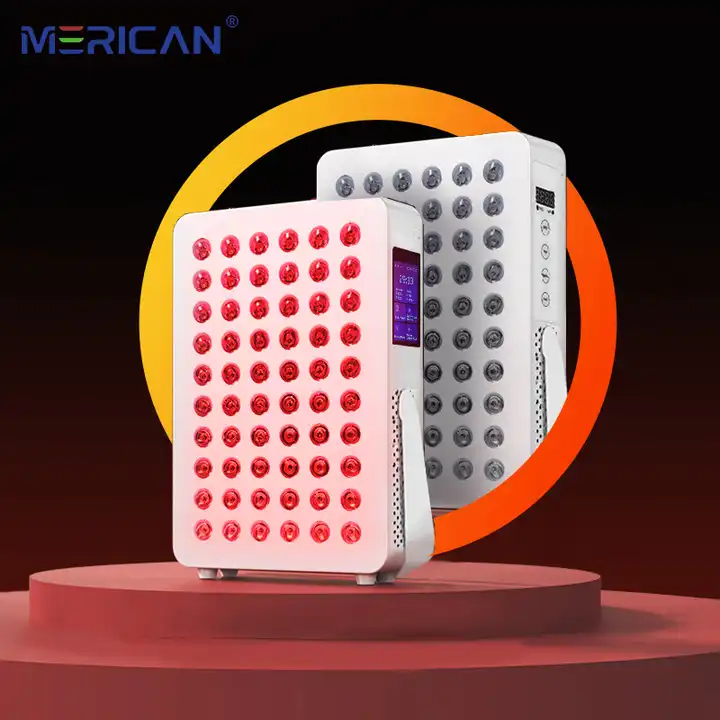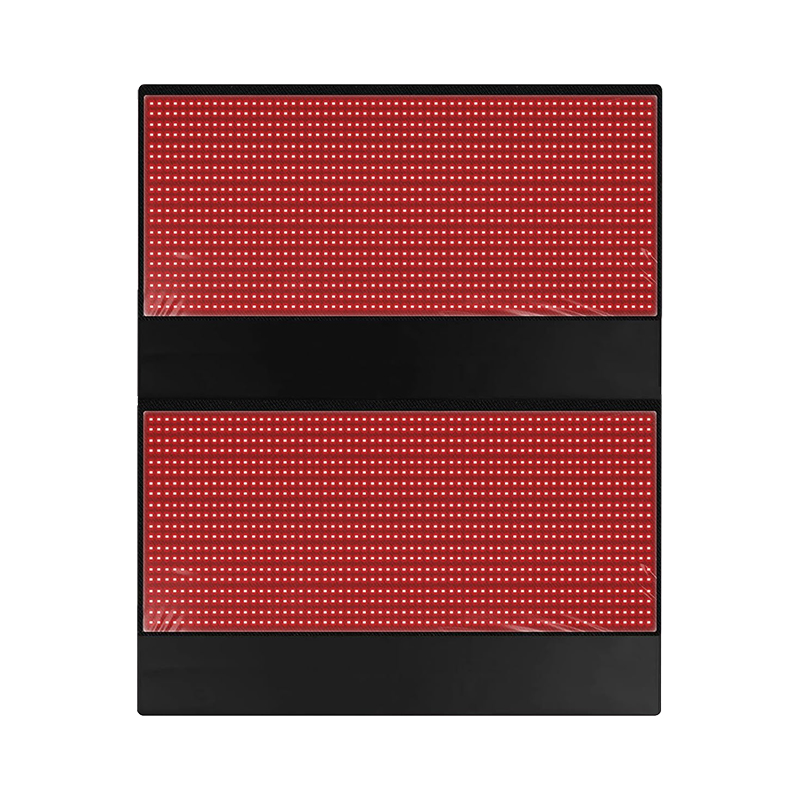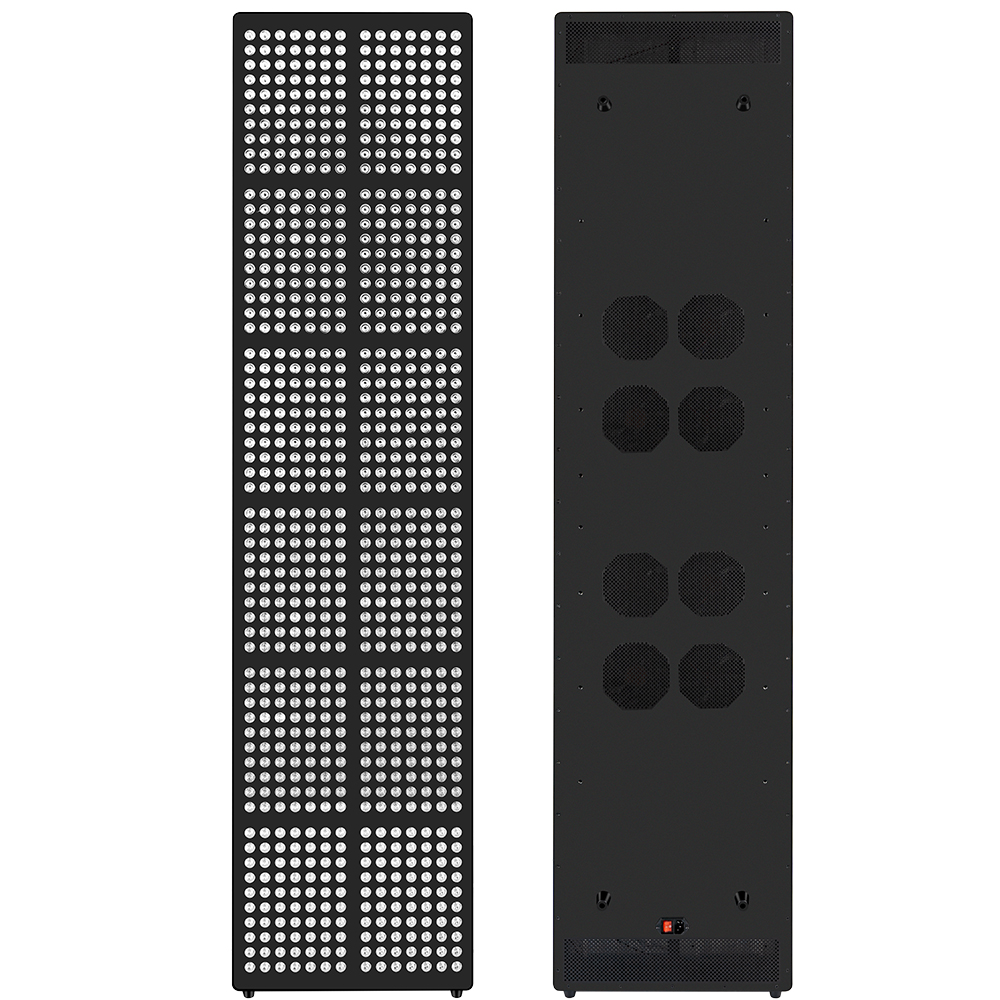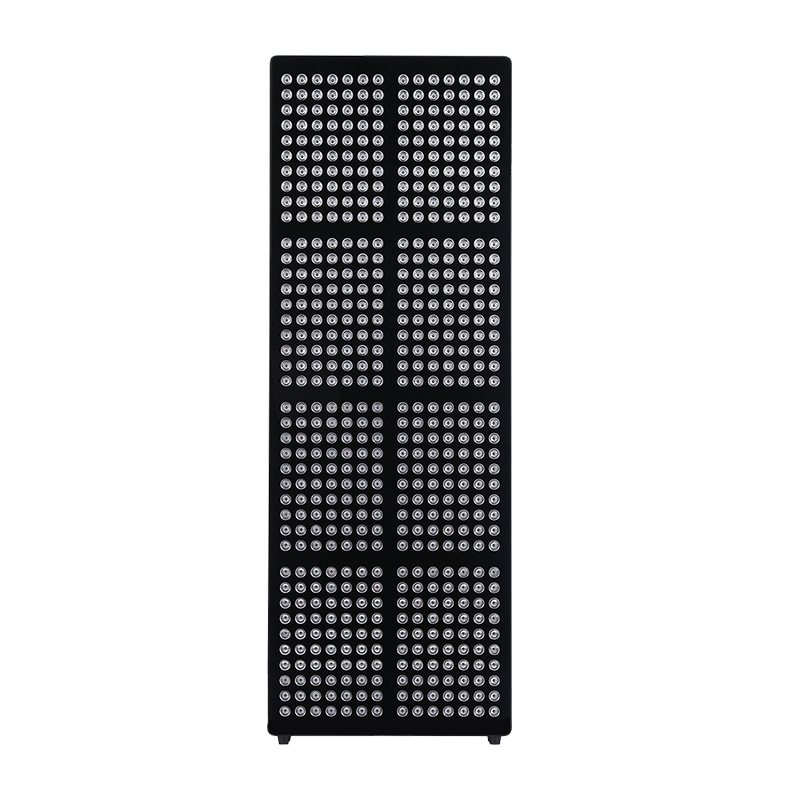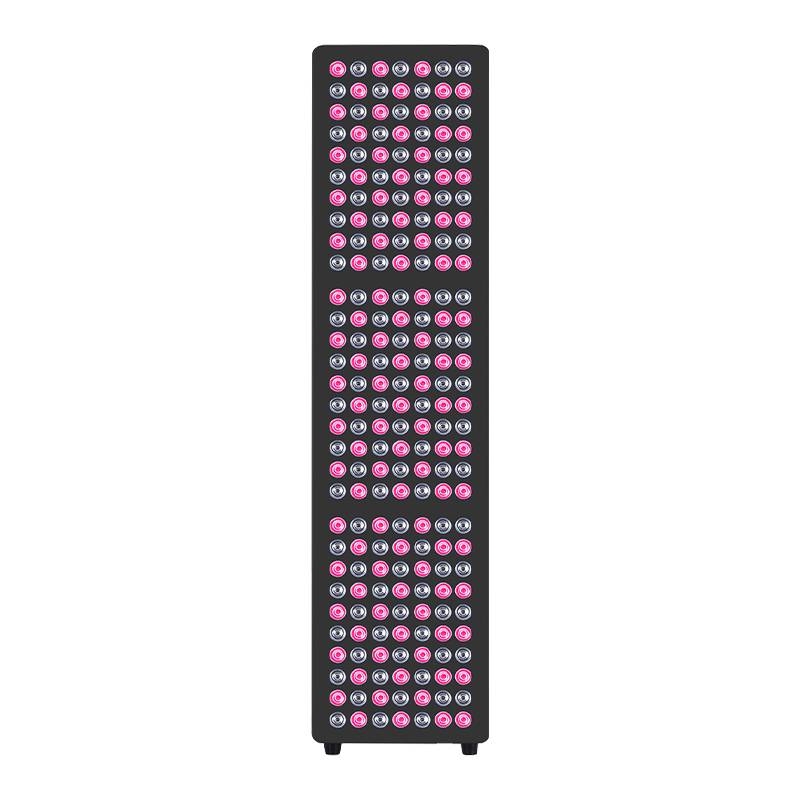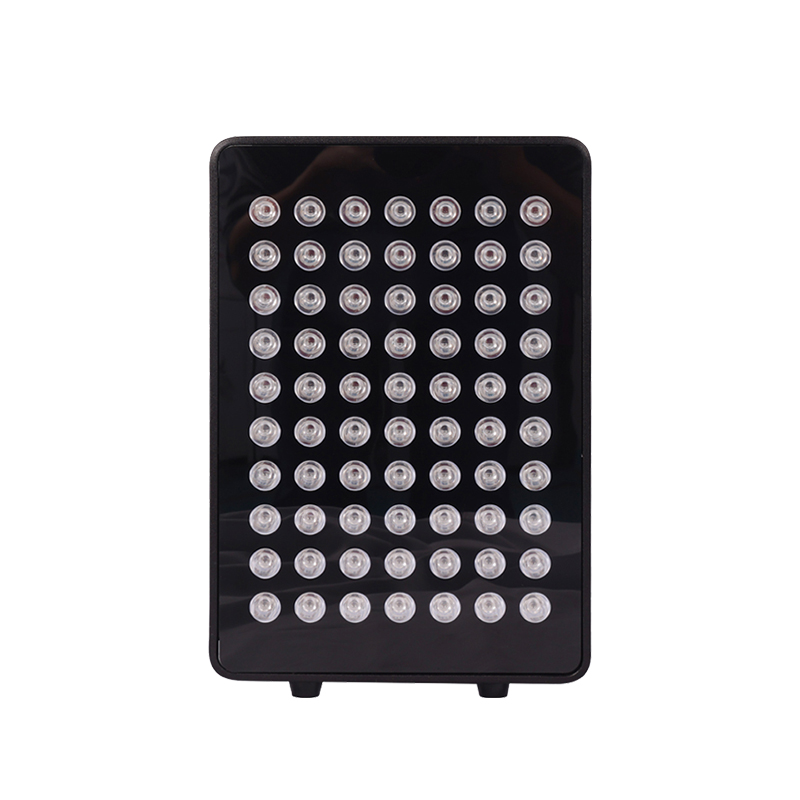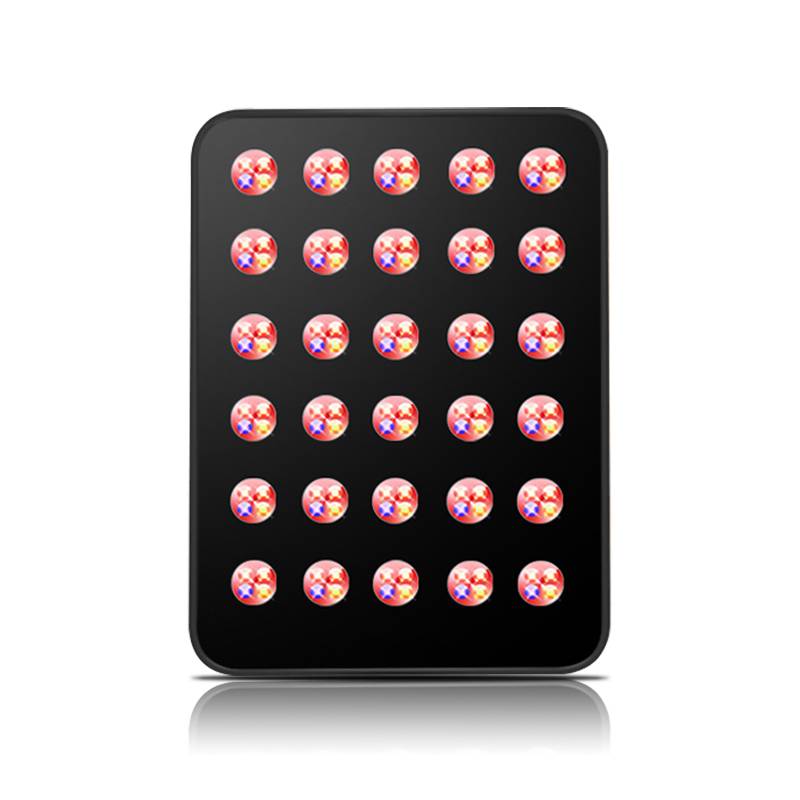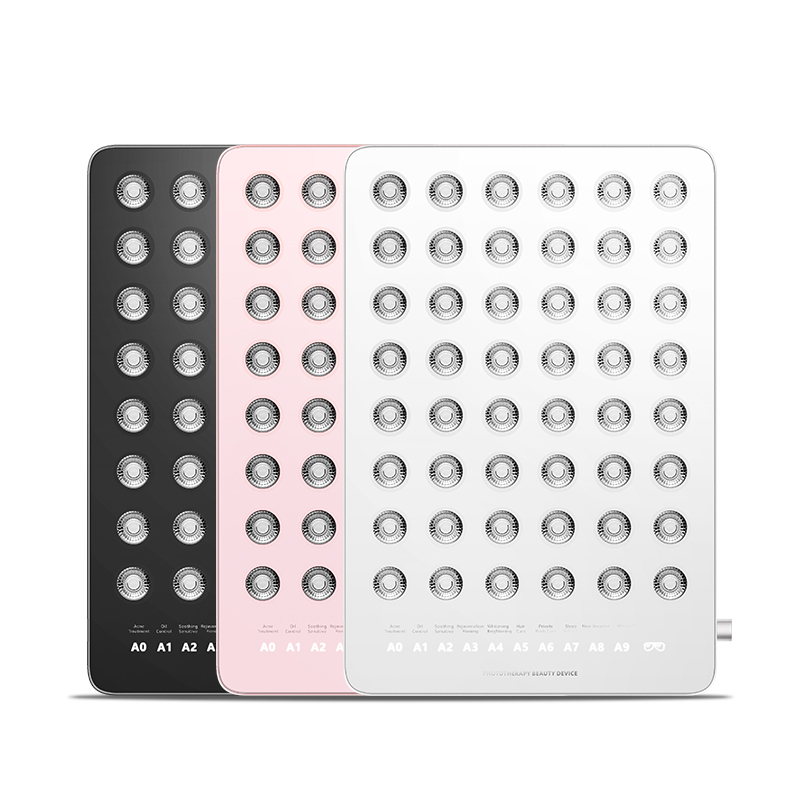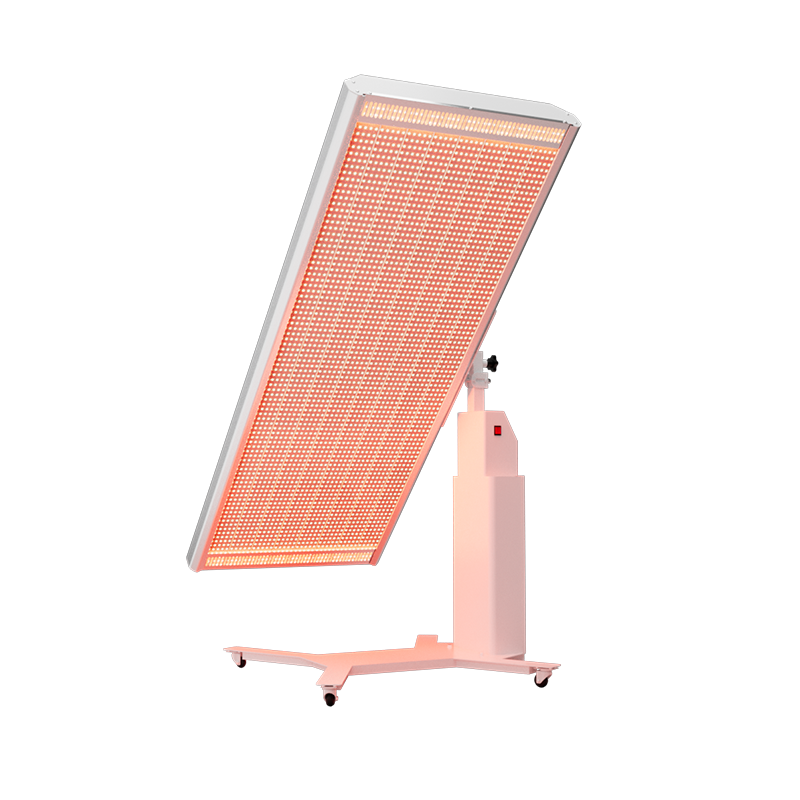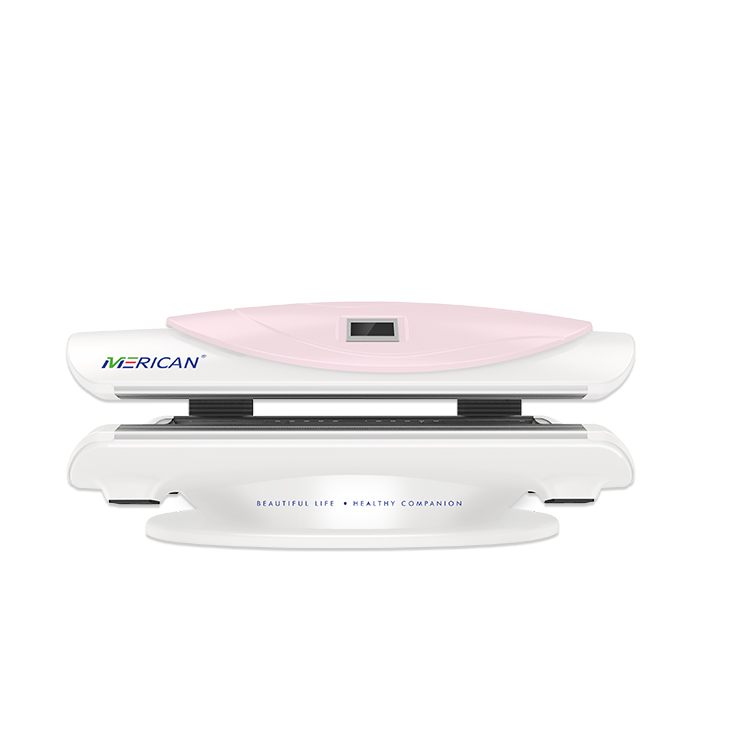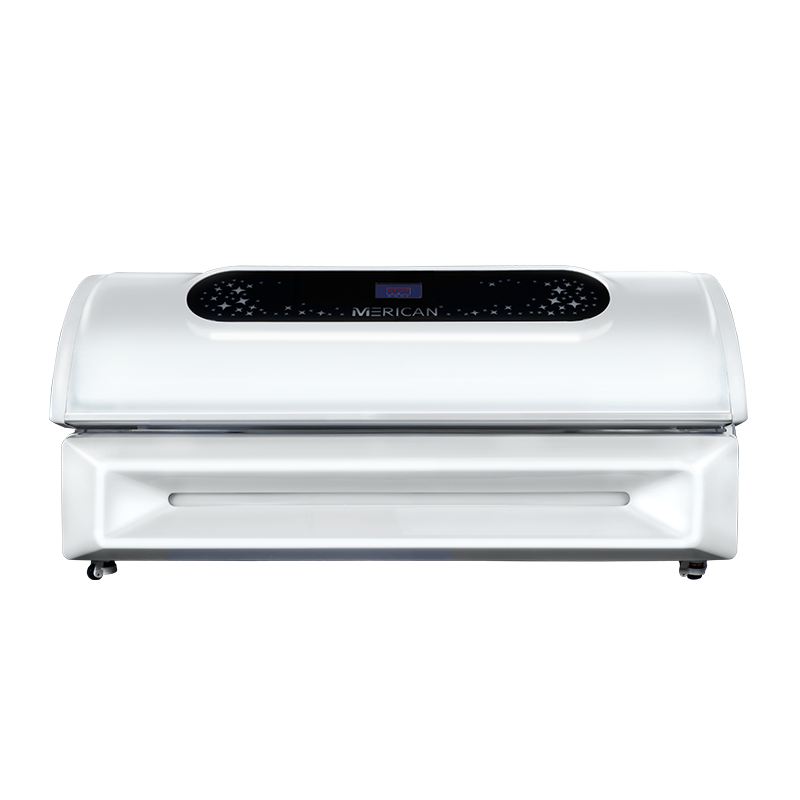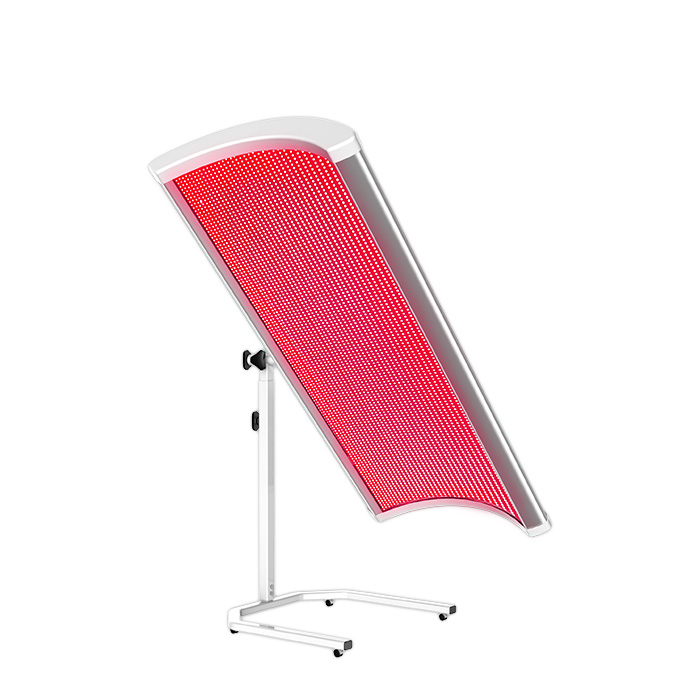Come funziona la terapia con luce rossa per migliorare il sonno in modo naturale

Terapia con la luce rossa, noto anche come fotobiomodulazione (PBM), è un trattamento non invasivo che utilizza la luce rossa a bassa lunghezza d'onda e il vicino infrarosso per promuovere vari processi biologici nel corpo.
Cos'è la terapia della luce rossa
La terapia con luce rossa prevede l'esposizione della pelle e dei tessuti a lunghezze d'onda che vanno da circa 630 A 850 nanometri. È noto che queste lunghezze d'onda penetrano in profondità nel corpo, raggiungere i muscoli, nervi, e perfino il cervello.
A differenza della luce blu o bianca, la luce rossa non sopprime la melatonina, l’ormone chiave coinvolto nella regolazione del sonno.
Come funziona per supportare il sonno
- La luce rossa e quella del vicino infrarosso stimolano i mitocondri a produrre più ATP, migliorare la riparazione cellulare e ridurre l’infiammazione, fattori chiave per migliorare la qualità generale del sonno.
- Neurologicamente, la luce rossa aiuta a regolare i ritmi circadiani favorendo la produzione di melatonina e abbassando il cortisolo serale, entrambi essenziali per addormentarsi e mantenere il sonno.
Secondo uno studio pubblicato su Giornale di preparazione atletica, la terapia con luce rossa applicata a giocatrici di basket per due settimane ha migliorato significativamente la qualità del sonno e i livelli di melatonina.
Insomma, la terapia con luce rossa funziona attraverso una miscela di regolazione ormonale, rinforzo del ritmo circadiano, e riduzione dell'infiammazione, tutto ciò contribuisce a un sonno più riposante e naturale.
I principali vantaggi della terapia con luce rossa supportati dalla scienza del sonno
1. Supporta la produzione naturale di melatonina
Melatonina, secreto dalla ghiandola pineale, è essenziale per avviare il sonno e sincronizzare i ritmi circadiani. La luce rossa nell’intervallo 630–670 nm non sopprime la melatonina e può addirittura favorirne il rilascio naturale.
In uno studio sulla rotazione dei lavoratori del turno di notte, 630 La luce rossa nm ha contribuito a mantenere i livelli di melatonina migliorando al tempo stesso la vigilanza, a differenza della luce blu o bianca, che ha ridotto significativamente la melatonina. Ciò lo rende ideale per il personale del turno di notte che necessita di vigilanza notturna senza interrompere i cicli del sonno guidati dalla melatonina.
2. Migliora l'allineamento del ritmo circadiano
Il corretto allineamento del ritmo circadiano garantisce un ritmo più profondo, un sonno più ristoratore. La luce rossa aiuta a stabilizzare questi ritmi fornendo luce senza effetti di sfasamento, rendendola una scelta più sicura per i lavoratori, viaggiatori, e quelli esposti alla luce blu artificiale durante la notte.

3. Riduce la latenza dell'inizio del sonno
Calmando il sistema nervoso e favorendo la produzione di melatonina, la terapia con la luce rossa può aiutarti ad addormentarti più velocemente. In uno studio controllato, i partecipanti che utilizzavano la luce rossa la sera hanno mostrato a 28% diminuzione del tempo necessario per addormentarsi nell'arco di quattro settimane.
4. Migliora la qualità del sonno & Durata
I dati clinici rivelano un aumento di 32 minuti del tempo di sonno totale e un miglioramento dei punteggi del Pittsburgh Sleep Quality Index dopo aver utilizzato la terapia con luce rossa ogni notte per un mese.
5. Aumenta in profondità (Onda lenta) Sonno
Le registrazioni della polisonnografia indicano che l'esposizione alla luce rossa aumenta la percentuale di N3 (onda lenta) sonno, la fase più critica per il consolidamento della memoria e la salute metabolica.
6. Bilancia l'attività del sistema nervoso autonomo
Variabilità della frequenza cardiaca (HRV), un indicatore di resilienza allo stress, migliora dopo le sessioni a luci rosse, riducendo il simpatico (stress) attivazione e potenziamento del parasimpatico (riposare e digerire) tono, impostare uno stato fisiologico calmo per un sonno tranquillo.
Momento migliore per utilizzare la terapia con luce rossa per dormire
Quando utilizzare la terapia con luce rossa per dormire meglio
Il momento ideale per utilizzare la terapia con luce rossa per dormire è 30 A 90 minuti prima di andare a dormire. Questa tempistica aiuta a promuovere la produzione di melatonina senza sovrastimolare il cervello. A differenza della luce blu o bianca, lunghezze d'onda rosse (intorno a 630–670 nm) supportano il naturale ritmo circadiano e aiutano a preparare il corpo al riposo.
Come usarlo in modo efficace
Incorpora la terapia con luce rossa in una routine pre-sonno completa per ottenere i migliori risultati:
- Fare un passo 1: Abbassa le luci della stanza e accendi la luce rossa per 10-20 minuti.
- Fare un passo 2: Pratica la respirazione lenta e profonda o la meditazione consapevole sotto la luce rossa.
- Fare un passo 3: Aggiungi elementi calmanti come l'aromaterapia alla lavanda o una musica strumentale delicata.
- Fare un passo 4: Evita gli schermi, caffeina, e almeno pasti pesanti 1 un'ora prima di andare a letto.
Questa routine multisensoriale favorisce il completo rilassamento del sistema nervoso e favorisce un sonno più profondo.

Quanto tempo e quanto spesso
La maggior parte degli studi consiglia sessioni di durata compresa tra 10 E 20 minuti, a seconda dell'intensità della luce e della distanza. Per il miglioramento del sonno, 3–5 sedute a settimana la sera sono ottimali. Coerenza a lungo termine (3–4 settimane minimo) è la chiave.
Puoi dormire con la terapia della luce rossa? Tecnicamente, sì, se la luce è a bassa intensità e rientra nelle lunghezze d'onda adatte al sonno (per esempio., 630–660 nm), può rimanere acceso come una fonte di luce fioca. Ma l’uso prima del sonno è più efficace.
Chi può trarne vantaggio e chi dovrebbe essere cauto
La terapia con luce rossa può essere particolarmente utile per:
- Persone con insonnia o disturbo della fase del sonno ritardata
- Viaggiatori abituali che soffrono di jet lag
- Lavoratori turnisti con ritmi circadiani interrotti
- Quelli con alti livelli di cortisolo serale
- Anziani con diminuzione della produzione di melatonina
Tuttavia, individui con fotosensibilità, epilessia, o determinate condizioni oculari dovrebbero consultare un medico prima dell'uso.
Anche se non ti è stato diagnosticato un disturbo del sonno, la terapia con luce rossa può comunque migliorare il relax serale e la qualità del sonno se usata regolarmente.
Le migliori lunghezze d'onda e dispositivi a luce rossa per migliorare il sonno

L’intervallo terapeutico della luce rossa per il sonno è generalmente compreso tra 630–670 nm e 810–850 nm. È stato dimostrato che queste lunghezze d’onda raggiungono i tessuti sottocutanei e influenzano i processi biologici senza sovrastimolare il cervello.
Cosa cercare in un dispositivo
- Lunghezza d'onda: Preferisco 630–670 nm (rosso) e 810–850 nm (vicino infrarosso)
- Irradianza: 30–100 mW/cm² è ottimale per le applicazioni per il sonno
- Impostazioni del timer: I timer integrati garantiscono un'esposizione sicura
- Certificazioni: Cerca CE, RoHS, e approvazioni FDA per la sicurezza
Dispositivi Merican consigliati
Lunghezza d'onda: 630nm / 660nm / 850nm
Copertura: Tutto il corpo; ampia zona di irradiazione con angolazione del letto regolabile
Caratteristiche: Controllo touch intelligente, impostazioni del timer, CE & Certificato FDA
Meglio per: Di livello professionale, rilassamento di tutto il corpo e migliore recupero del sonno
Lunghezza d'onda: 660nm & 850nm
Copertura: Pannello verticale per utilizzo parziale o totale del corpo
Caratteristiche: Alto irraggiamento, progettazione modulare, 15/30/60 il mio timer, Certificato CE
Meglio per: Uso in camera da letto o in casa prima di dormire, soprattutto per le zone del collo e della schiena
Lunghezza d'onda: 630nm
Copertura: Integrale dal design ergonomico
Caratteristiche: Temporizzatore incorporato, contatto con pelle morbida, leggero e portatile
Meglio per: Cura serale della pelle e relax del viso prima di dormire
Terapia con luce rossa vs altri ausili per il sonno
| Caratteristica | Terapia della luce rossa | Integratori di melatonina | App per il sonno | Occhiali che bloccano la luce blu |
| Supporto ormonale naturale | ✅Supporta la melatonina naturale | ❌ Integratore artificiale | ❌Effetto minimo | ✅ Indiretto |
| Non crea dipendenza | ✅ Sì | ❌Potenziale dipendenza | ✅ Sì | ✅ Sì |
| Benefici a lungo termine | ✅ Sì (cambiamento biologico) | ❌ Solo a breve termine | ❌Limitato | ❌ Necessita di supporto esterno |
| Effetti collaterali | ✅ Minimo se utilizzato correttamente | ❌ Intontimento, mal di testa | ✅Pochi | ✅Pochi |
| Impegno di tempo | 10–20 minuti/giorno | Istantaneo | Impegno continuo | Passivo |
Mentre strumenti come le app per il sonno e gli integratori hanno il loro posto, la terapia con la luce rossa si distingue come una terapia fisica, intervento supportato dalla scienza che affronta le cause profonde dei disturbi del sonno, non solo i sintomi.
FUNQS
La luce rossa è sicura per l'uso notturno??
SÌ. La terapia con luce rossa utilizza luce non ionizzante, il che significa che non comporta rischi di radiazioni. Se usato correttamente e non troppo vicino agli occhi, è considerato molto sicuro per le normali routine serali.
La luce rossa mi terrà sveglio?
NO. A differenza della luce blu o bianca, la luce rossa non stimola i segnali di veglia del cervello. Infatti, l'uso della terapia con luce rossa di notte o al mattino offre diversi vantaggi: l'uso notturno aiuta il rilassamento; l'uso mattutino supporta la regolazione dell'energia e dell'umore.
Posso usare il mio telefono dopo la terapia con la luce rossa?
Non è l'ideale. L’esposizione alla luce blu proveniente dagli schermi può contrastare gli effetti di promozione della melatonina della luce rossa. Per i migliori risultati, evita almeno il tempo davanti allo schermo 30 minuti dopo la sessione a luci rosse.
È solo per l'insonnia?
Affatto. Anche chi non ha problemi cronici del sonno può trarre beneficio da un migliore allineamento circadiano, stress ridotto, e miglioramento dell'umore tramite la terapia con luce rossa.

